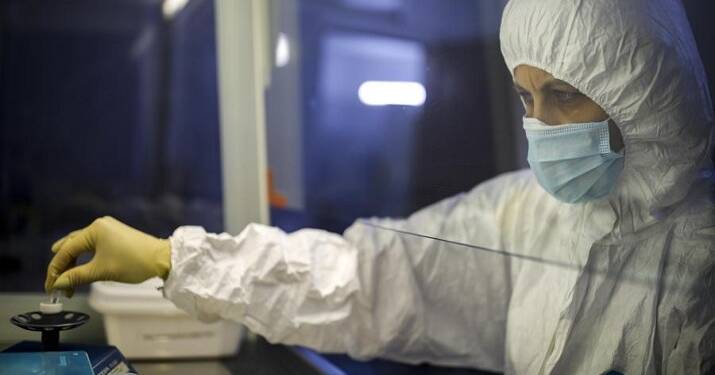For decades, India used to be among the last countries to come up with solutions for global problems. Moreover, for a majority of the global problems including a cure for a disease, we used to be dependent on the “generosity” of the developed world. Our corporates, research institutions and academic institutions were among the last ones to come up with the solution for global problems.
However, the Coronavirus pandemic has been completely different as far as this aspect is concerned. Right from supplying the already available medicines that were helping against Covid like HCQ to the development of low-cost vaccines using traditional methods, India led from the front as far as research and innovation are concerned.
Now Indian Institute of Science (IISc) is developing a vaccine that has a better neutralizing effect than other vaccines and can be stored at 30-degree celsius temperature.
After a discussion with IISc Director Prof Govindan Rangarajan, Karnataka health minister K Sudhakar announced that “Vaccine being developed by IISc promises to have more neutralising effect than the existing vaccines and can be stored at normal temperature up to 30 degrees Celsius.”
“Our govt will extend all possible support to @iiscbangalore in expediting clinical validation and obtaining regulatory approvals for oxygen concentrators and collaboration with industry for manufacturing,” he tweeted.
IISs is not the only academic cum research institute that has risen up to the occasion. Previously, many IITs including IIT-Bombay and IIT-Kanpur announced path-breaking innovations to fight against the pandemic.
IIT-Bombay successfully converted nitrogen generators into oxygen generators to meet the rising demand. Prof Milind Atrey, Dean (R&D), who also specialises in cryogenic engineering, was leading this project. “The setup for the experiment was developed within three days, and the initial tests have shown promising results. Oxygen production could be achieved at 3.5 atm pressure with a purity level of 93-96 per cent. This gaseous oxygen can be utilised for COVID related needs across existing hospitals and upcoming COVID specific facilities by providing a continuous supply of oxygen,” said the press release.
The Startup Incubation and Innovation Centre (SIIC) at the Indian Institute of Technology (IIT) Kanpur launched the ‘Mission Bharat O2’ challenge to bring forward indigenous solutions for solving India’s oxygen crisis. “When the first wave of COVID-19 hit India, SIIC-incubated companies stepped up to deliver world-class healthcare products. The products, developed locally, are a testament of India’s capability to innovate at par with global standards,” Professor Abhay Karandikar, Director at IIT Kanpur, said.
Apart from the academic institutions, research institutions like the Indian Council of Medical Research (ICMR), Defense Research and Development Organization (DRDO), and Council of Scientific and Industrial Research (CSIR) also came up with many path-breaking discoveries to solve the Coronavirus crisis.
The wonder drug of DRDO, 2-DG or 2-deoxy-D-glucose, which helps the patients who are facing low oxygen levels, will be in the market in less than two weeks. In an interview with India Today, G Satheesh Reddy, the head of DRDO, outlined the role of his organisation in fighting against the pandemic, from setting up new medical oxygen plants to the new drug.
Organisations like CSIR helped with ventilators and other medical instruments while ICMR helped Bharat Biotech to develop India’s indigenous vaccines. In the last year, the academic institutions, research institutions under the government and pharmaceutical companies have regularly innovated and helped not just India’s fight against the virus, but of the countries around the world.































